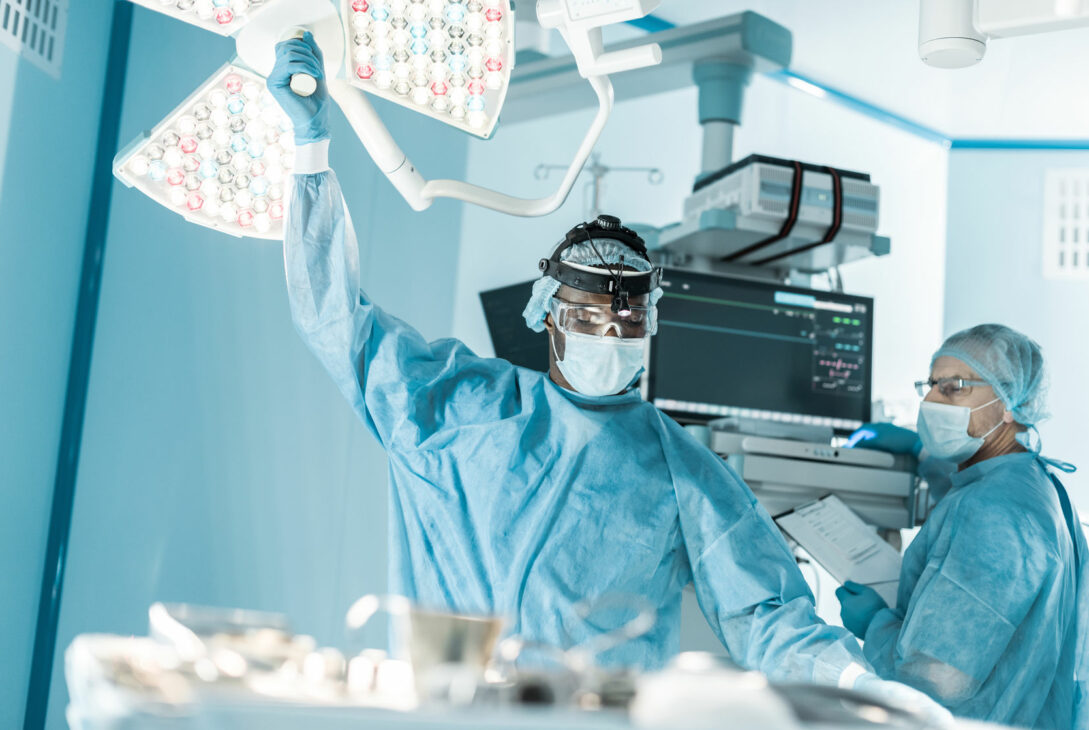Neurosurgery entails medical and surgical treatment for disorders that affect the brain, spinal cord, peripheral nervous system and cerebrovascular system. Treating people with medicines and therapies is a no-go; doctors adapt neurosurgeries.
Top neurosurgery hospital in Bangalore provides adept doctors who use a streamlined course of action to treat their patients. They treat several notable disorders with utmost proficiency. It goes way beyond operating on the brain. Contingent on the nature of the suffering, the neurosurgeon, devises a fruitful technique to help their patients. The process begins with a diagnosis, evaluation, treatment and rehabilitation.
Top neurosurgery hospitals in Bangalore possess a proficient staff, trained and acquainted with people’s numerous disorders. These disorders can impair the quality of individuals and hence, must be treated with utmost care. Sufferers may have a distorted sense of self and manifest irregular behaviours. They are often unable to carry out an everyday life or sustain a family. Some of these conditions may stem from genetics, trauma and other related illnesses.
TYPES OF NEUROLOGICAL DISORDERS
1) Acute spinal cord injury: The spine comprises multiple bones known as vertebrae. A combination of these bones runs through the back of every human, constituting the spinal cord. It contains a bundle of nerves responsible for transmitting messages from the brain to the rest of the body. Erratic functioning of the spinal cord can deface this harmony, inducing detrimental ramifications. An acute spinal cord injury bruises and causes wear and tear in the spinal cord. It is widespread for children to perish in such a condition.
These injuries are owed to sudden falls, sports injuries, driving accidents, violence, infections or congenital disabilities. The most typical manifestations include breathing problems, loss of sensation in the arms, legs or chest, loss of bladder function and muscle weakness. The treatment plans are discerned by age, personal preference, extent of the injury and initial response to the treatment.
2) Brain tumours: A chunk of abnormal tissue growth in the brain is referred to as a brain tumour. The most prominently sighted brain tumours are meningioma and glioma. Diagnosis and treatment are encumbered by brain tumour grading, which is a category system, explaining the brain tumour cells that indicates how likely the tumour is to grow and expand. It can induce many health risks, and hence, one must consider an overarching view before getting operated.
3) Head injury: Head injuries can vary from minor to significant. It can be as little as a bruise or as severe as a concussion. Head injury is a broad term that encompasses a variety of damages occurring in the scalp, skull, brain and the underlying blood vessels and tissues of the head. They are also known as traumatic brain injuries, contingent on the extent of the damage. Types of head injuries include:
- A) Concussion: Concussions cause immediate loss of awareness, a few minutes into the accident.
- B) Skull fracture: The most common type of skull fracture is a linear skull fracture. Wherein, there is a break in the bone, but it does not disturb the bone. Sufferers may be observed for sometime before subjecting an intervention.
Head injuries may result from several factors like violence, accidents, child abuse and traumatic experiences. Common symptoms are headaches, irritability, confusion, nausea, loss of memory/ concentration, blurred vision and taste loss. Treatment plans depend on the extent of injury and age.
4 ) Cerebral Aneurysm: Cerebral aneurysm or intracranial aneurysm is a swelling arising from the weakened area in the wall of a blood vessel of the brain. Under any event, if the brain aneurysm expands and the blood vessel wall becomes very scanty, the aneurysm fissures and bleeds into the space surrounding the brain. This occurrence is known as subarachnoid haemorrhage (SAH) and may result in a hemorrhagic (bleeding) stroke.
There are no evident symptoms unless the aneurysm ruptures or bleeds in small amounts which are very rare. These could manifest in the form of headaches, vision change, eye pain and diminished movement. It is prudent to consult a health care adviser in the presence of such indications. Treatment methods depend on whether the aneurysm has ruptured or not.
CONCLUSION
In conclusion, neurology entails a wide variety of illnesses that are treatable for the most part. They are accompanied by risks but seeking guidance from adept personnel can help people combat these complications. Individuals must refrain from brushing off their sufferings and pursue immediate consultations. Acknowledging neurological disorders at a primitive stage gives a leg up in the treatment plans.





















